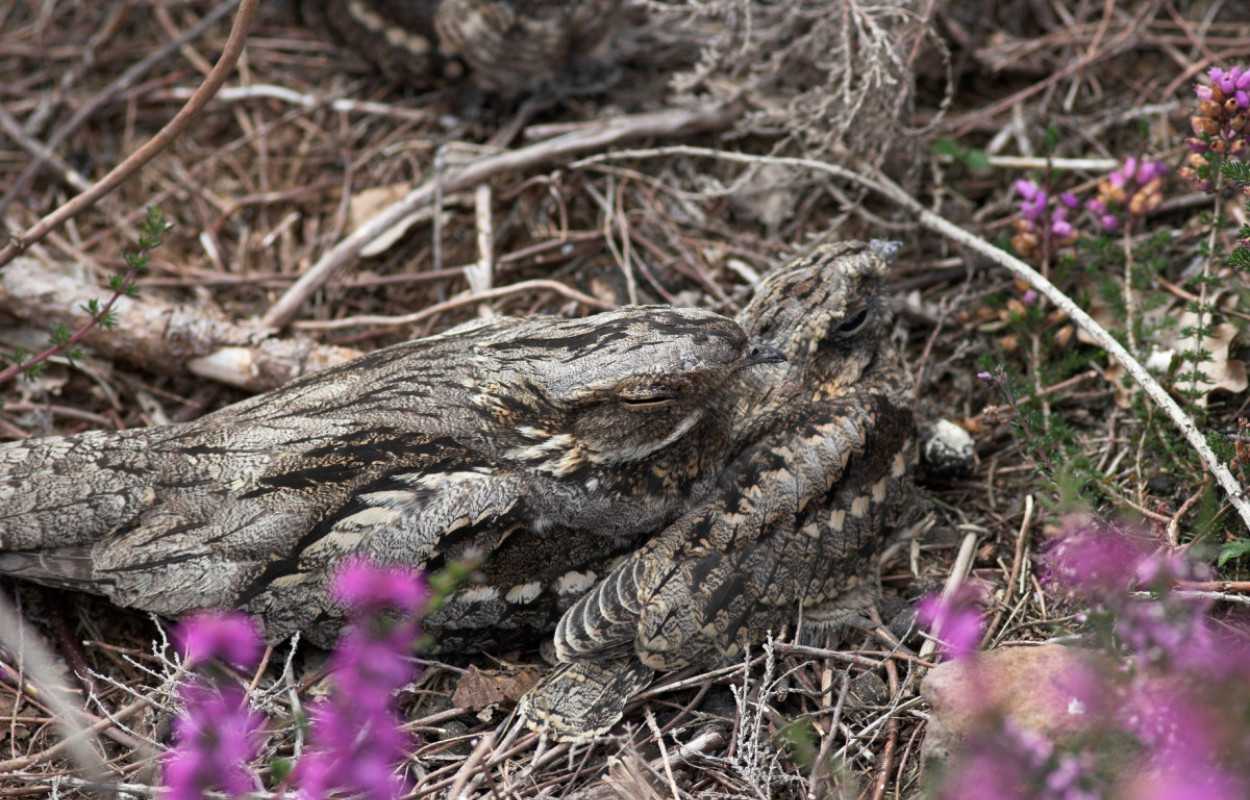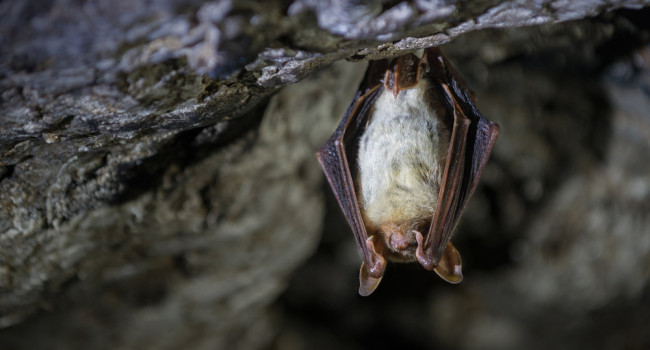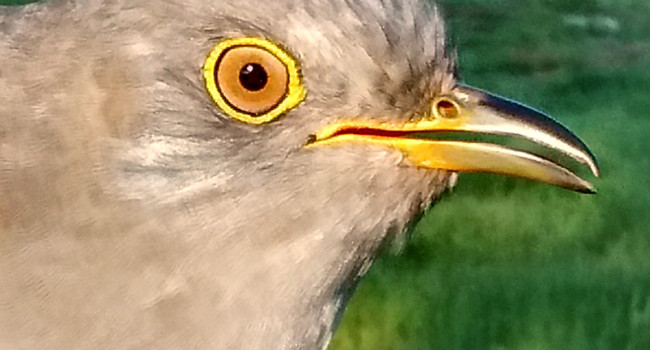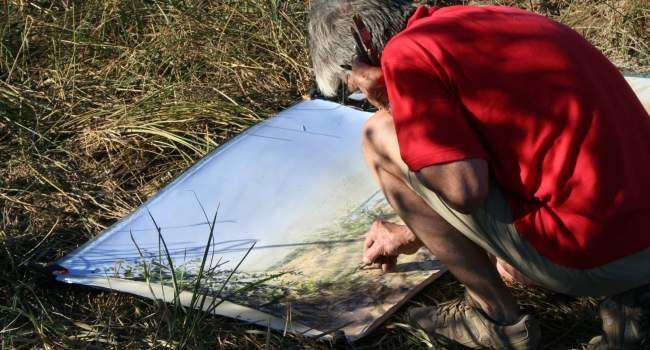Rush or relax: migration tactics of a nocturnal insectivore in response to ecological barriers

Author(s): Lathouwers, M., Artois, T., Dendoncker, N., Beenaerts, N., Conway, G., Henderson, I., Kowalczyk, C., Davaasuren, B., Bayargur, S., Shewring. M., Cross, T., Ulenaers, E., Liechti, F. & Evens, R.
Published: March 2022 Pages: 10pp
Journal: Scientific Reports Volume: 12 ( part 4964 )
Digital Identifier No. (DOI): 10.1038/s41598-022-09106-y
Abstract
During their annual migration, avian migrants alternate stopover periods, for refuelling, with migratory flight bouts. We hypothesise that European Nightjars (Caprimulgus europaeus) adapt their daily migration tactics in association with biomes. We tracked the autumn migration of 24 European Nightjars, from breeding populations in Mongolia, Belgium and UK, using GPS-loggers and multisensor data loggers. We quantified crepuscular and nocturnal migration and foraging probabilities, as well as daily travel speed and flight altitude during active migration in response to biomes. Nightjars adopt a rush tactic, reflected in high daily travel speed, flight altitude and high migration probabilities at dusk and at night, when travelling through ecological barriers. Migration is slower in semi-open, hospitable biomes. This is reflected in high foraging probabilities at dusk, lower daily travel speed and lower migration probabilities at dusk. Our study shows how nightjars switch migration tactics during autumn migration, and suggest nightjars alternate between feeding and short migratory flight bouts within the same night when travelling through suitable habitats. How this may affect individuals’ fuel stores and whether different biomes provide refuelling opportunities en route remains to be investigated, to understand how future land-use change may affect migration patterns and survival probabilities.
Notes
The BTO authors wish to acknowledge the help and financial support received from Mark Constantine, Forestry England, and the British Birds Charitable Trust.Staff Author(s)








Share this page